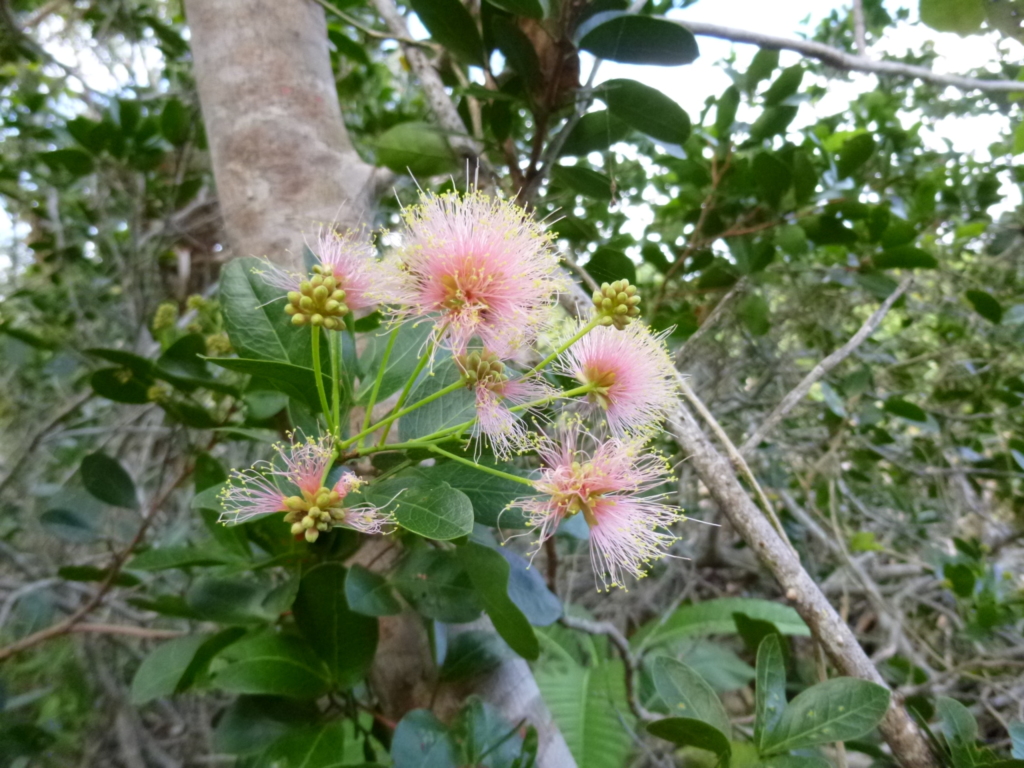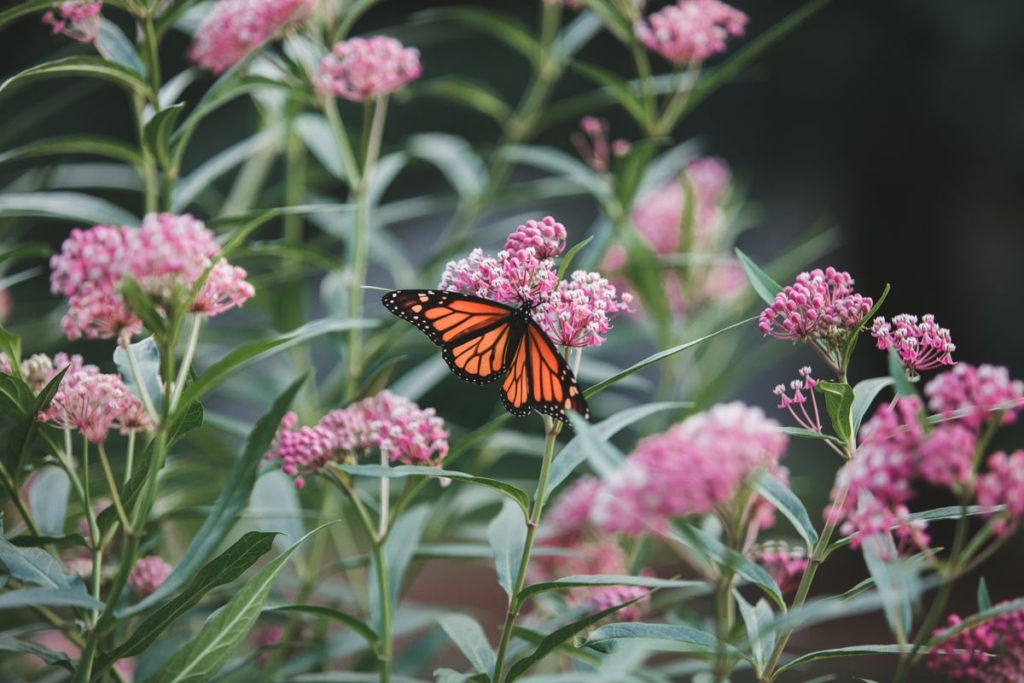Harnessing Native Plants in Home Gardens
Home gardens are a wonderful opportunity to connect with nature and create a vibrant, sustainable oasis right outside our doors. Incorporating native plants into home garden landscapes offers numerous benefits, ranging from enhancing biodiversity to conserving resources and supporting local ecosystems. This article explores the value of native plants in home gardens, their environmental advantages, and practical tips for successful integration.

The Significance of Native Plants
Native plants are species that naturally occur and have evolved in a specific region or ecosystem over thousands of years. By including native plants in home gardens, we create a harmonious link between our living spaces and the surrounding environment. These plants are well adapted to the local climate, soil conditions, and wildlife interactions, making them resilient, low-maintenance, and essential for supporting local biodiversity.
Environmental Benefits
One of the key advantages of native plants is their ability to support local ecosystems. Native plants provide vital food and shelter for native wildlife, including birds, butterflies, bees, and other pollinators. Their deep root systems improve soil health, prevent erosion, and enhance water infiltration, reducing the need for excessive watering and helping to mitigate stormwater runoff. Native plants also require fewer pesticides and fertilizers, promoting a healthier, more sustainable gardening approach.

Choosing the Right Native Plants for Home Gardens
When selecting native plants for a home garden, it’s important to consider factors such as sunlight exposure, soil type, and available space. Local botanical gardens, native plant nurseries, and online resources are valuable sources of information for identifying native plant species suitable for your region. Opt for a diverse selection of plants to provide a variety of heights, textures, and blooming periods, ensuring year-round interest and food sources for wildlife.
Creating a Native Plant Habitat
Designing a native plant habitat in a home garden involves considering plant placement, grouping species based on their water and sunlight needs, and mimicking natural patterns found in local ecosystems. Incorporate a mix of flowering plants, shrubs, and trees to provide different layers and habitats for wildlife. Encourage biodiversity by including host plants for caterpillars, nectar-rich flowers for pollinators, and native grasses for nesting sites and cover.
Maintenance and Care
Native plants generally require less maintenance compared to non-native species. Once established, they are adapted to the local environment and are better able to withstand climatic conditions. However, regular watering during the establishment period is essential to promote root growth. Mulching around plants helps conserve moisture, suppress weeds, and regulate soil temperature. Regular monitoring for pests and diseases and occasional pruning will ensure the health and longevity of native plants in the garden.
Educational and Environmental Impact
By incorporating native plants into our home gardens, we become environmental stewards, creating mini-habitats that contribute to the conservation of local flora and fauna. Home gardens serve as educational platforms for neighbors, friends, and future generations, showcasing the beauty and importance of native plants and inspiring others to follow suit. By actively participating in native plant gardening, we play a crucial role in preserving our natural heritage and fostering a sustainable relationship with the environment.
Wrap up
Native plants have a special place in home gardens, offering not only beauty and aesthetics but also environmental benefits and support for local ecosystems. By embracing native plant species, we can create vibrant, sustainable gardens that attract wildlife, conserve resources, and celebrate the unique biodiversity of our regions. With careful planning, proper care, and a commitment to environmental stewardship, we can transform our home gardens into thriving habitats that contribute to the conservation of native plants and foster a deeper connection with the natural world.


